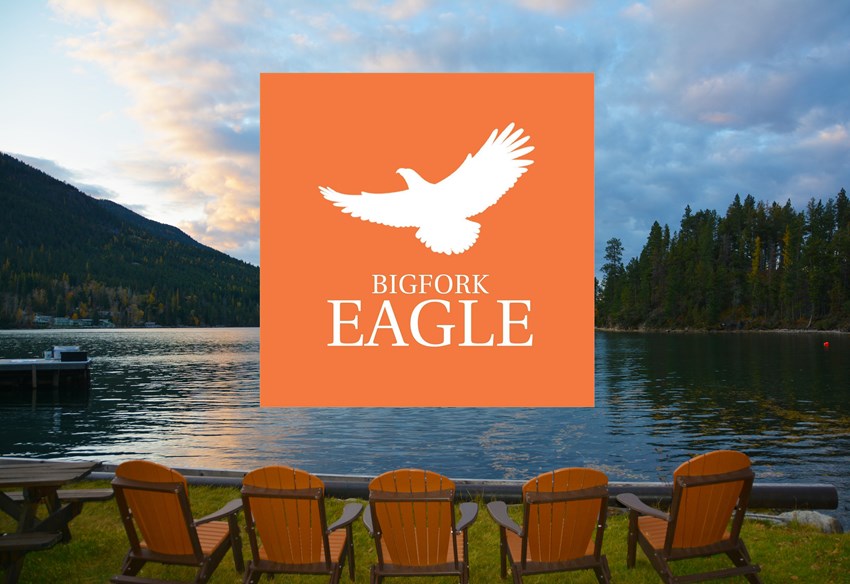Deep Dive into the Flathead Lake Biological Station: An Absolute Example
Written from the perspective of FLBS Media and Information Specialist Ian Withrow, each "Deep Dive into FLBS" column features entirely original content and provides a behind-the-scenes glimpse at Bio Station science, researchers, partners and programs. Future installments are scheduled to be published by the Bigfork Eagle the third Wednesday of each month.
If you’ve never had the pleasure of conversing with a scientist, you’re missing out.
I sincerely mean that. The conversations I’ve logged at the Bio Station are among the best I’ve ever had—and that’s coming from me, an extroverted introvert, whose personality has always been that of a huckleberry-drunk grizzly bear with awkwardness leaching out in spades.
So if you find yourself in a position to have a chat with a scientist (perhaps sometime soon, around a frosty punch bowl of egg nog or two) I strongly encourage you to partake. There are ample opportunities to do so during the monthly Science on Tap in Bigfork, or at our annual Open House or Research Cruise.
I do have a couple of recommended ground rules, however, to ensure the dialogue is enjoyable for all parties involved:
- Refrain from using absolutes. While phrases like, “in a perfect world,” may enhance an otherwise routine statement, scientists view said world through a lens of probability and uncertainty, and therefore question sentences that don’t allow room for the arrival of unanticipated data.
- Prepare yourself. Once you start a conversation with a scientist, you’ll never see the world the same way again.
Here’s an example of what I mean:
Recently, I received an email from FLBS Lake Ecologist Shawn Devlin. Devlin oversees our Flathead Lake Monitoring Program, which has been in place since the 1970s and is responsible for one of the best long-term and continuous lake and river datasets in the world.
He told me that summer is a time for thermal stratification in Flathead Lake. In other words, the lake essentially divides into two distinct layers—the warmer epilimnion layer at the surface and the deep hypolimnion layer inhabiting the icy fathoms.
This temperature difference creates a density barrier, an invisible membrane that isolates one layer from the other, creating two distinct biological communities and processes housed in the same mountain lake.
But during the winter, when the tourists move out and the cold fronts move in, the thermal stratification of Flathead Lake disappears. The entire water column becomes a uniform temperature (about 40-45°F), and the two biological communities come together while processes slow down.
It snowed the morning after I read that email. I typically arrive at the Bio Station well before sunrise, and by the time I pulled into my usual space in the employee parking lot those gently drifting flakes had frosted our campus in a serene blanket of white.
The peacefulness was overwhelming, and instead of heading into my office I was drawn down to the lake. I stood in the snowfall, breathing clouds against the cold, immersed in a mid-December silence that seemed to cascade from the mountains and envelope the snow-dusted trees.
Gazing out at the inky waters, I felt as though I could almost see it: That great thermal barrier vanishing somewhere in the depths below, granting a vast and diverse ecosystem of creatures the ability to slow down, come together, and exist as a single interconnected community in a remarkable place called Home.
Could Flathead Lake provide a finer example for us to live by this holiday season?
In a perfect world, absolutely not.


